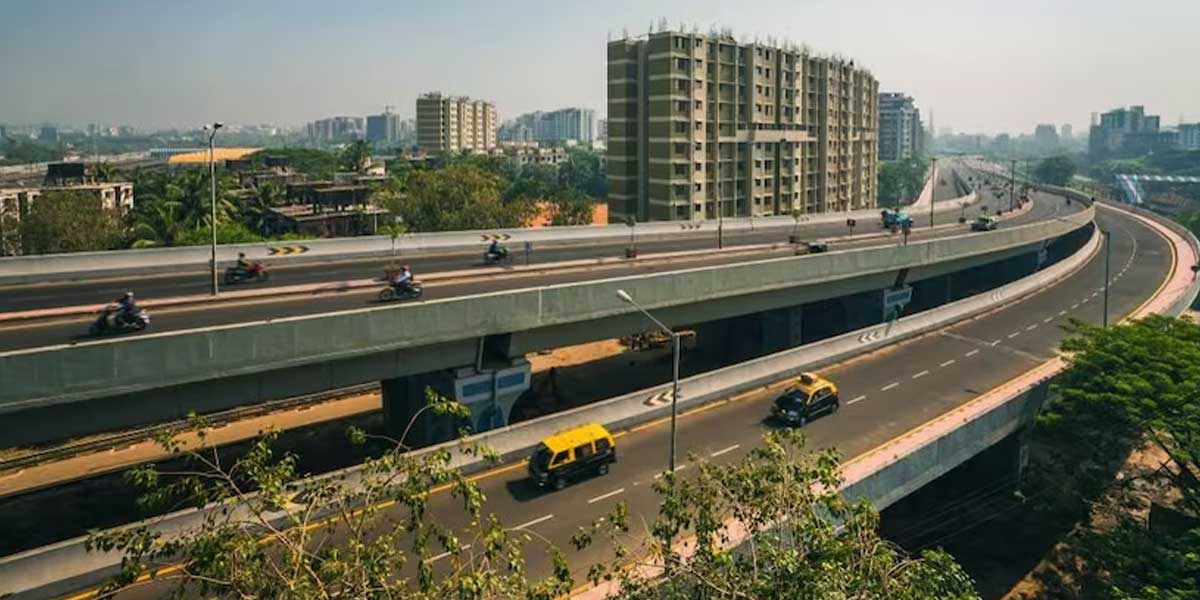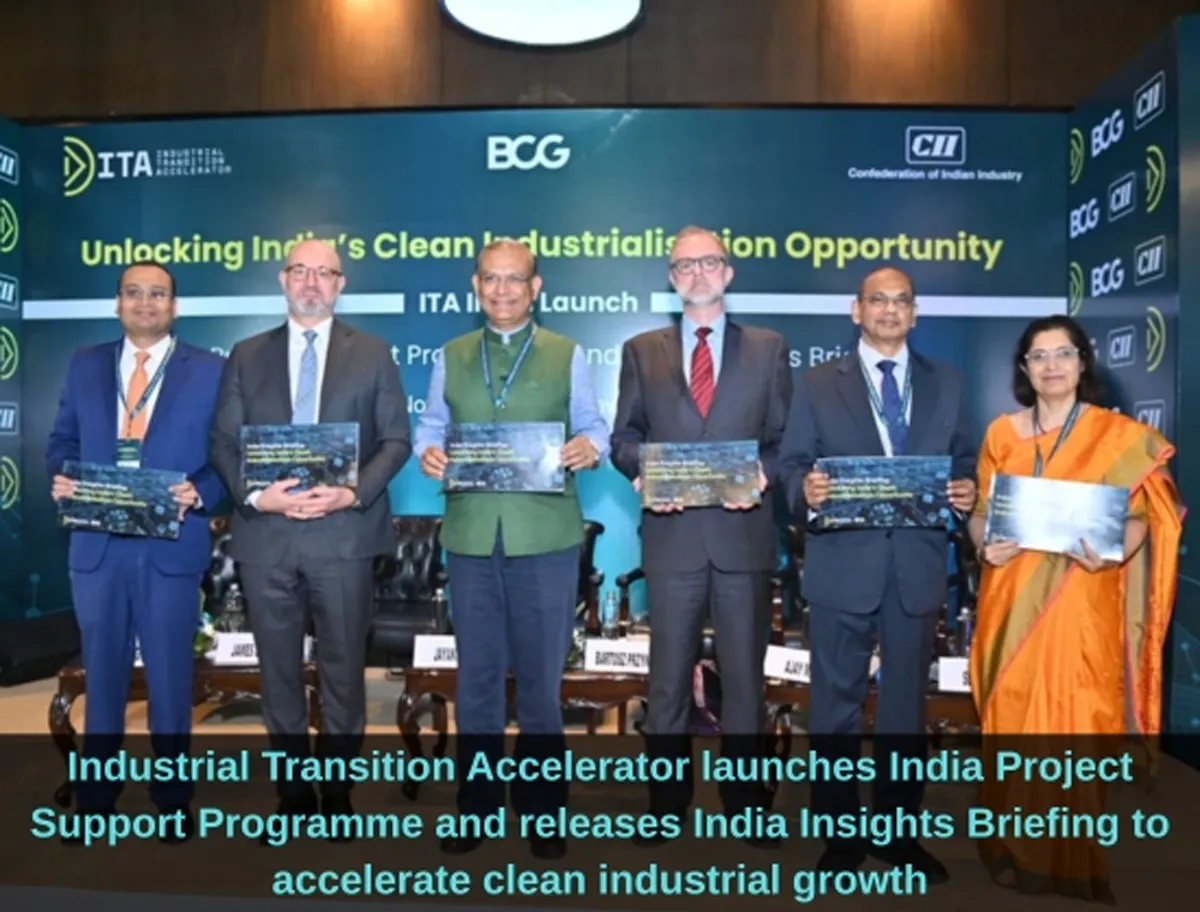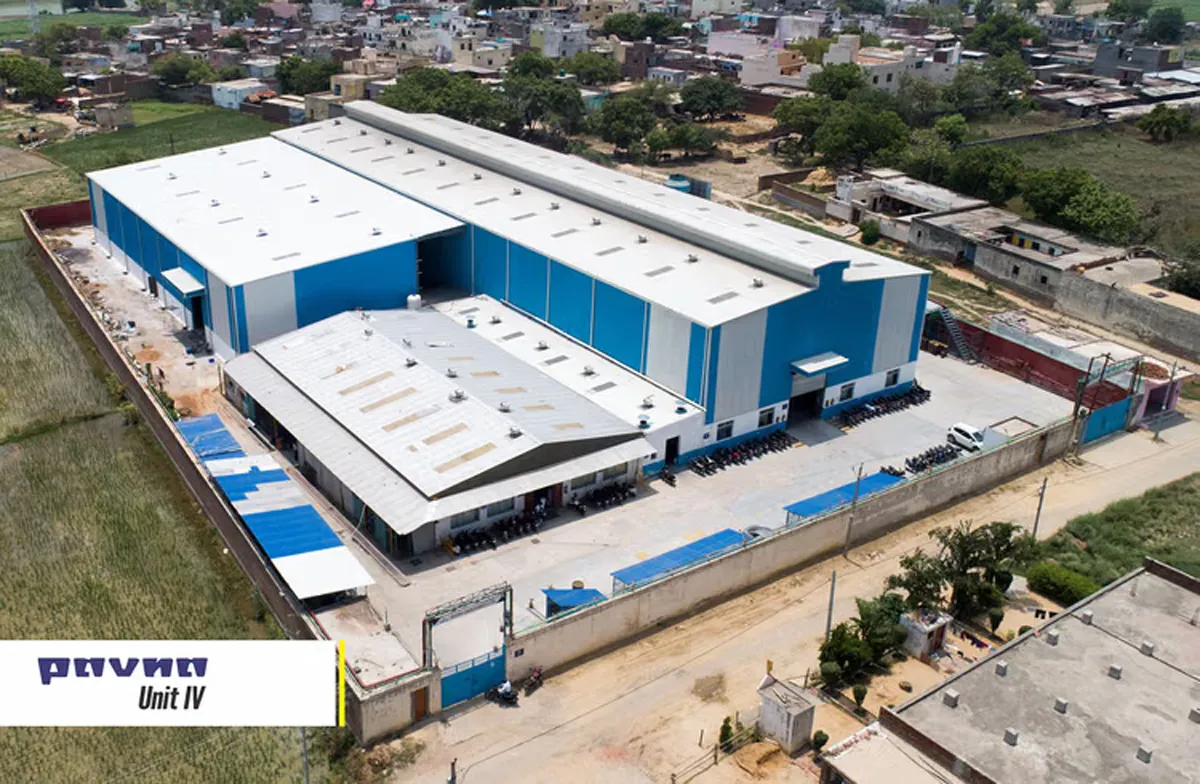
11 industrial corridors being developed across the nation

ITA launches India programme to boost clean industry projects
The Industrial Transition Accelerator (ITA) has launched its India Project Support Programme and released the India Insights Briefing: Unlocking India’s Clean Industrialisation Opportunity, developed with Boston Consulting Group (BCG). The initiative seeks to accelerate investment-ready decarbonisation projects and drive low-carbon growth across India’s key industrial sectors. A global multi-stakeholder initiative launched at COP28, the ITA’s new programme aims to fast-track flagship industrial projects in sectors such as chemicals, steel, cement, aluminium, aviation, and shipping, supp..

Tighter grid rules may hit India’s renewable energy profits
India’s proposed rules requiring renewable energy producers to strictly match their committed supply to actual generation could hurt company earnings and slow new investments, according to industry submissions reviewed on Wednesday. The Central Electricity Regulatory Commission (CERC), in its draft issued in September 2025, has proposed tighter regulations for wind and solar power producers under the Deviation Settlement Mechanism (DSM). The new framework aims to gradually narrow the permissible deviation between the power producers promise to supply and what they actually generate. From A..

Pavna opens new R&D centre in Noida to boost innovation
Pavna Industries Limited has announced the establishment of a new Research and Development (R&D) Centre in Sector-63, Noida, Uttar Pradesh, marking a significant step in its commitment to innovation and technology advancement within the automotive components sector. The new facility will focus on the development of electronic components, lock systems, switches, and other advanced automotive technologies. According to the company, the centre aims to strengthen its design and engineering capabilities to meet evolving customer requirements and international quality standards. Pavna Industries m..
















